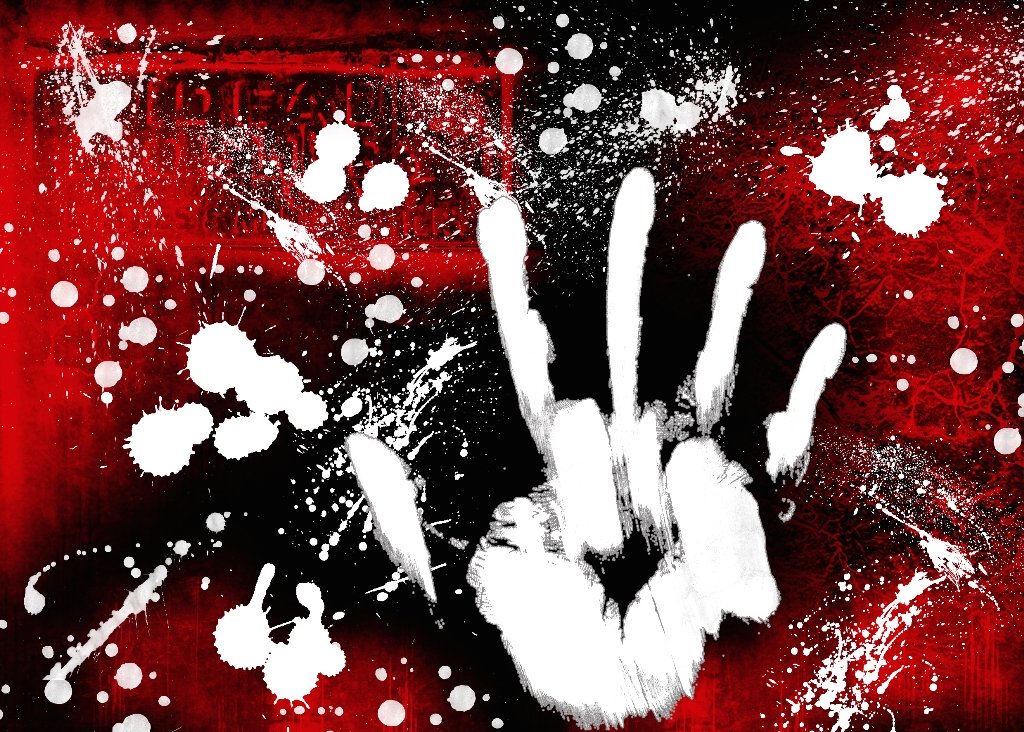
OLKARIA: As the semi-nomadic Maasai of Kenya’s Great Rift Valley prepares to lose more land to a geothermal plant, they hope to win a better deal this time, after meeting the Maori in New Zealand.
Protests by the Maasai - known for dressing in red blankets and colourful beads - halted construction in 2016 of Kenya’s Olkaria V plant, about 100 km (62 miles) northwest of the capital Nairobi, on ancestral land sacred to community rituals.
Although building resumed after negotiations, both sides are keen to improve relations so that the hot water under the soil can help to lift the Maasai community, who farm and herd cattle on the semi-arid land above it, out of poverty.
No end to one man’s struggle to reclaim grabbed property
“(The Maori) have conflicts, but they’ve found better ways to solve them,” said Mwangi Sururu, who travelled to down south in November to see how the indigenous New Zealanders kept their culture intact by partnering with energy firms.
“They were given a share in the power plants and the areas that were already being used for power production were leased directly from them,” said the Maasai elder, who was one of more than 1,000 people evicted from their Rift Valley land in 2014.
Kenya is Africa’s biggest geothermal producer. It aims by 2025 to triple its output of clean electricity made from generating stations that harness natural, underground heat.
This will require more geothermal plants. But further encroachment on land claimed by the Maasai could cause conflicts if the process is not managed carefully, said John Maina of the renewable energy department at Kenya’s energy ministry.
“Problems arise when the investor doesn’t do thorough community engagement and participation,” Maina told a public forum hosted by the University of Nairobi.
“Geothermal projects are very sensitive and people have to be moved because of the nature of the steam ... but this sometimes causes friction with the community.”
Clash over land dispute leaves eight dead in Chagai
Cross-continental
The Maasai-Maori exchange was arranged by Power Africa, former U.S. President Barack Obama’s signature Africa energy initiative, which aims to boost access to electricity in a continent where two in three people live without it.
The Maasai and the Maori consider geothermal springs as critical to their way of life, offering heat for cooking, a place to treat ailments and a venue for traditional rituals.
The Maori said they faced similar threats to their lands but found ways to work with the plant operators.
“We are an indigenous community over here, and we’ve had some projects just like the Maasai,” said Desterney Mana Newton, chairman of New Zealand’s Ngati Tahu Tribal Lands Trust, which administers blocks of Maori land used for geothermal projects.
“We feel we can learn from each other,” he said by phone.
Benefits included taking up shares in companies investing in geothermal plants and monitoring their activities so that the Maori way of life was not affected, said Newton, who was part of the exchange programme.
The Maori also received dividends and revenue from annual rates paid for leases on their land, he added.
The Maori have one key advantage over the Maasai.
Under New Zealand law, they “own the resources mined in their land”, Sururu said, while the Maasai do not have the right to any underground resources, all of which belong to the state.
Governance innovation and land disputes
Controversy
When the Olkaria IV plant was being built, state-run Kenya Electricity Generating Company (KenGen) relocated more than 100 families - including Sururu’s - to a 1,700-acre (688-hectare) plot on Kedong Ranch, about 20 km away.
The exercise was marred with controversy. An investigation by the World Bank, one of several international lenders, found that evicted families were adversely affected.
“People were resettled to land which was less suitable for them than their older habitats,” its 2015 report said.
KenGen - the country’s biggest electricity generator - said it has been holding meetings with Maasai leaders every two months since 2014 to address community concerns.
“We are trying to find common meeting points,” said Moses Wekesa, KenGen’s business development director, adding that KenGen cannot ignore community concerns because it plans to build at least three more geothermal plants in Olkaria.
The East African nation is ramping up electricity production to keep up with growing demand for power and to reduce frequent blackouts.
Given the challenges in compensating the Maasai with alternative plots of land, KenGen is vesting its hopes in other approaches, including a bill tabled in parliament last month.
Conflicts over land in India stall projects worth billions of dollars: report
It lays out a revenue-sharing regime under which geothermal companies pay up to 2.5 per cent of revenue from a site into a fund for a decade, with higher royalties in later years.
The national government would take at least 75 per cent, with 20 per cent for local governments and 5 per cent for the local community, the energy bill says.
“The revenue-sharing bill will help,” Sururu said.
KenGen is already negotiating resettlement with people living on the proposed Olkaria VI site, said Cyrus Karingithi, a resource development manager for the company.
“Eventually they will have to move because the plant is something that benefits more than just a few people,” he said, pointing at a sparsely-housed plain beyond the Olkaria IV plant.
"But negotiations have not been completed," added Maasai elder Maenga Kisotu. "(The Maori) have shown us how they live with the energy companies."



































































COMMENTS
Comments are moderated and generally will be posted if they are on-topic and not abusive.
For more information, please see our Comments FAQ